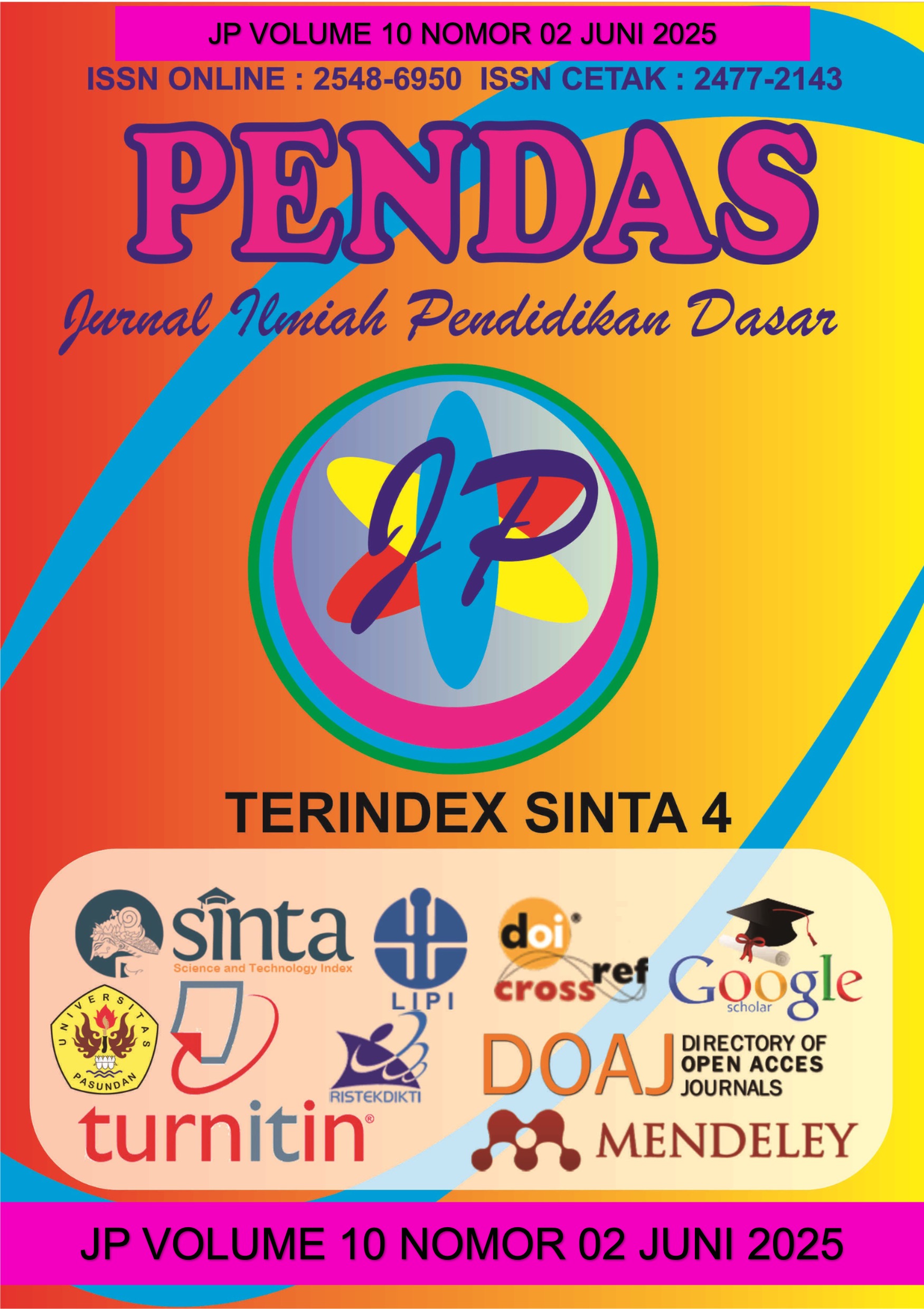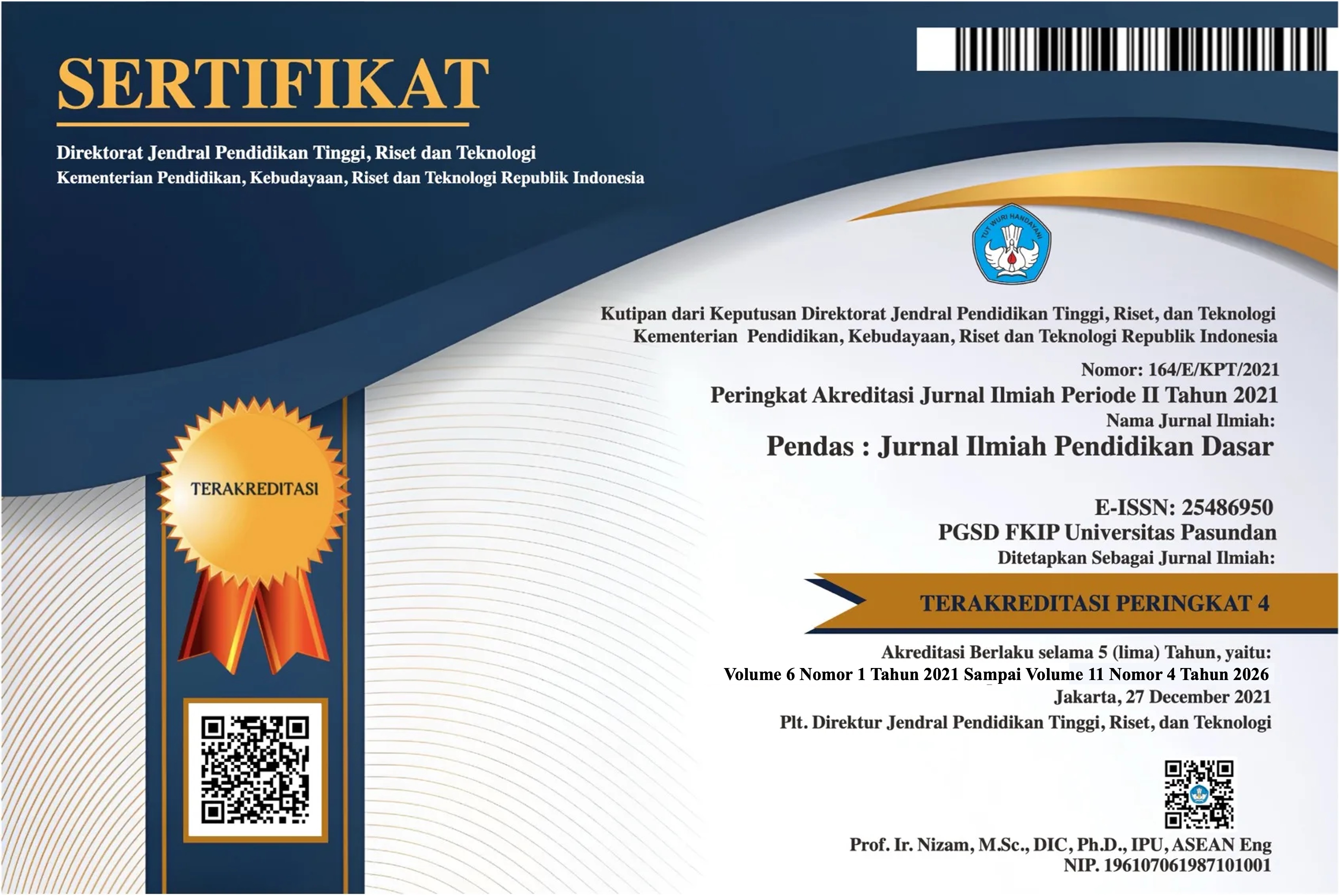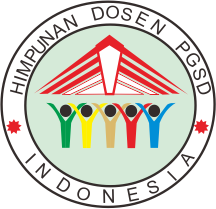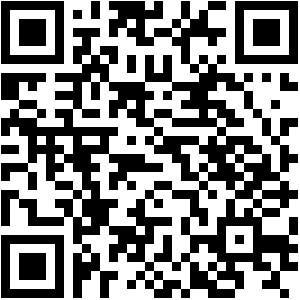MODEL KURIKULUM DAN RELEVANSINYA DALAM KEHIDUPAN SEHARI-HARI DI MI WAHID HASYIM
DOI:
https://doi.org/10.23969/jp.v10i02.22763Keywords:
curriculum model, curriculum principle, learningAbstract
This article reveals the results of research on the curriculum model and its relevance in daily life, where the curriculum is a concept in every learning. The use of the curriculum at Madrasah Ibtidaiyah (MI) Wahid Hasyim is currently still using 2 curricula in the learning process, namely: (1) Curriculum 2013 for grades 2, 3, 5 and 6; and (2) Independent Curriculum for grades 1 and 4. In this application, of course, it is the embodiment of the principle of relevance, the principle of flexibility, the principle of continuity, the principle of practicality and the principle of effectiveness. These curriculum principles are of course the basis of goals or guidelines in every process of teaching and learning activities at Madrasah Ibtidaiyah Wahid Hasyim. So that learning at MI Wahid Hasyim can strive with the existing curriculum principles. This study uses case study research that focuses on qualitative. Qualitative research carried out is by observation and interviews to find out an existing event. In this study, the researcher conducted research directly at the Madrasah Ibtidaiyah Wahid Hashim school. Then the interviewer is a representative of the madrasah of the curriculum section as well as the homeroom teacher of class 5B. It is hoped that this research will be able to provide benefits to the general public about the curriculum model and its relevance in daily life.
Downloads
References
Arifin, Z. (2013). Konsep dan
Pengembangan Kurikulum (Bandung). Remaja Rosdakarya.
Departemen Pendidikan Nasional.
(2003). Undang-undang No. 20 tahun 2003 Tentang Sistem Pendidikan Nasional (Jakarta). Sekretariat Jenderal.
Fitriah. (2018). Model Pengembangan
Kurikulum Ralp W. Tyler. An-Nahdhah, Vol. 11, No. 21.
Fitroh. (2011). Pengembangan
Kurikukul Berbasis Kompetensi dan Strategi Pencapaian. Studia Informatika, No. 2.
Fujiawati, F. S. (2016). Pemahaman
Konsep Kurikulum dan Pembelajaran dengan Peta Konsep Bagi Mahasiswa Pendidikan Seni. Jurnal Pendidikan dan Kajian Seni, Vol. 1, No. 1.
Moleong, J. L. (2002). Metodologi
Penelitian Kualitatif (Bandung; Cetakan ke 1). PT Remaja Rosdakarya. 2002. Hal: 13.
Oktaviani, R. D., & Setiawan, I. (2020).
Pengelolaan Bisnis Sanggar Senam Aerobik di Kabupaten Rembang. Indonesian Journal for Physical Education and Sport. Universitas Negeri Semarang.
PP RI No 19. (2005). PP RI No 19
tahun 2005 Tentang Standar Nasional Standar Pendidikan Standar Kompetensi Lulusan. Pasal 26.
Rahman, A., & Munandar, A. S.
(2022). Pengertian Pendidikan dan Unsur-unsur Pendidikan. Al Urwatul Wutsqa: Kajian Pendidikan Islam, Volume 2, Nomor 1, 2.
Setiyadi, B., Revyta, & Fadhilah, A.
(2020). Prinsip-prinsip Pengembangan Kurikulum. Khazanah Kependidikan, Vol. XIV, No. 1.
Soetopo, H., & Soemanto, W. (1986).
Pembinaan dan Pengembangan Kurikulum: Sebagai Substansi Problem Administrasi Pendidikan1986 (Jakarta). Bina Aksara.
Sugiyono. (2015). Metode Penelitian
Kombinasi (Mix Methods) (Bandung). Alfabeta.
Widyastono, H. (2015).
Pengembangan Kurikulum di Era Otonomi Daerah: Dari kurikulum 2004, kurikulum 2006 ke kurikulum 2013. (Jakarta). Bumi Aksara.
Yulaewati, E. (t.t.). [Op. cit].
Downloads
Published
Issue
Section
License
Copyright (c) 2025 Pendas : Jurnal Ilmiah Pendidikan Dasar

This work is licensed under a Creative Commons Attribution 4.0 International License.



















